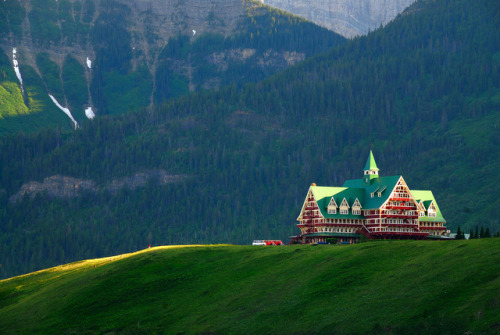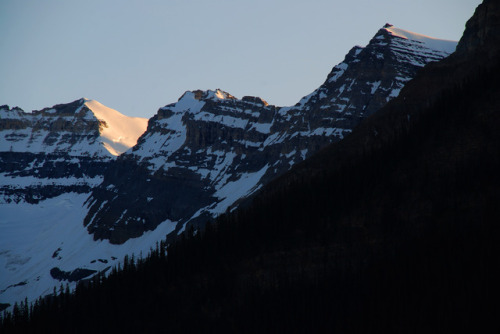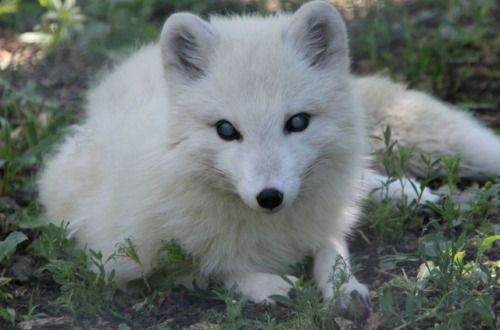By Yoshito Hasaka / 羽坂譲人 (@_f7) On Instagram

by Yoshito Hasaka / 羽坂譲人 (@_f7) on Instagram
More Posts from Spinatlasagne-blog and Others

Heaven on Earth










Canadian Rockies by Gord McKenna

This is not an error…
This is what tumblr feed would look like if each country enacted travel ban!! Break down the walls and let people mingle. That’s the only way we would create a greater understanding between cultures, nations and religions and keep America safe. This is not a political statement. As a person who loves to travel and explore cultures I’m appalled at the travel ban. Remember, hatred begets hatred. Reject hate. Tear down this wall of ignorance

This is what innocence looks like
Photo by Steve Brooks


Z.W. Gu 2D Freelance Artist Contact: gzw1019@gmail.com
– Share via Artstation iOS App, Artstation © 2017

*Takes Soul*
Photo by Winnerslens31

(source)

Rolling Skies
Spontaneous 'dust traps:' Astronomers discover a missing link in planet formation
Planets are thought to form in the disks of dust and gas found around young stars. But astronomers have struggled to assemble a complete theory of their origin that explains how the initial dust develops into planetary systems. A French-UK-Australian team now think they have the answer, with their simulations showing the formation of ‘dust traps’ where pebble-sized fragments collect and stick together, to grow into the building blocks of planets. They publish their results in Monthly Notices of the Royal Astronomical Society.

Our Solar system, and other planetary systems, began life with disks of gas and dust grains around a young star. The processes that convert these tiny grains, each a few millionths of a metre (a micron) across, into aggregates a few centimetres in size, and the mechanism for making kilometre-sized 'planetesimals’ into planetary cores, are both well understood.
Keep reading
-
 andrea9291 liked this · 2 months ago
andrea9291 liked this · 2 months ago -
 graphsaurus reblogged this · 1 year ago
graphsaurus reblogged this · 1 year ago -
 spoony reblogged this · 1 year ago
spoony reblogged this · 1 year ago -
 darazuboka liked this · 1 year ago
darazuboka liked this · 1 year ago -
 nwashy reblogged this · 1 year ago
nwashy reblogged this · 1 year ago -
 spoony liked this · 1 year ago
spoony liked this · 1 year ago -
 unholy-disgrace liked this · 1 year ago
unholy-disgrace liked this · 1 year ago -
 carola4u reblogged this · 1 year ago
carola4u reblogged this · 1 year ago -
 yoandyo liked this · 1 year ago
yoandyo liked this · 1 year ago -
 sidara liked this · 1 year ago
sidara liked this · 1 year ago -
 yoshi001 reblogged this · 1 year ago
yoshi001 reblogged this · 1 year ago -
 24zw reblogged this · 1 year ago
24zw reblogged this · 1 year ago -
 cocokashi-co reblogged this · 1 year ago
cocokashi-co reblogged this · 1 year ago -
 cocokashi-co liked this · 1 year ago
cocokashi-co liked this · 1 year ago -
 kei2kkk liked this · 1 year ago
kei2kkk liked this · 1 year ago -
 tielt liked this · 1 year ago
tielt liked this · 1 year ago -
 raoh-01 liked this · 1 year ago
raoh-01 liked this · 1 year ago -
 dotthx liked this · 1 year ago
dotthx liked this · 1 year ago -
 115g liked this · 1 year ago
115g liked this · 1 year ago -
 sergeeque liked this · 1 year ago
sergeeque liked this · 1 year ago -
 flash000 liked this · 1 year ago
flash000 liked this · 1 year ago -
 ak47 reblogged this · 1 year ago
ak47 reblogged this · 1 year ago -
 cyberpunk-gala reblogged this · 2 years ago
cyberpunk-gala reblogged this · 2 years ago -
 midnight--architect reblogged this · 2 years ago
midnight--architect reblogged this · 2 years ago -
 iamtheeliminator reblogged this · 2 years ago
iamtheeliminator reblogged this · 2 years ago -
 vineraton reblogged this · 2 years ago
vineraton reblogged this · 2 years ago -
 vineraton liked this · 2 years ago
vineraton liked this · 2 years ago -
 mesmerizedly reblogged this · 2 years ago
mesmerizedly reblogged this · 2 years ago -
 the-cage reblogged this · 2 years ago
the-cage reblogged this · 2 years ago -
 moonlightvibesxo liked this · 2 years ago
moonlightvibesxo liked this · 2 years ago -
 tamara-kama liked this · 2 years ago
tamara-kama liked this · 2 years ago -
 whistlsworld liked this · 2 years ago
whistlsworld liked this · 2 years ago -
 iradiating reblogged this · 2 years ago
iradiating reblogged this · 2 years ago -
 ivoric reblogged this · 2 years ago
ivoric reblogged this · 2 years ago -
 panicearth liked this · 2 years ago
panicearth liked this · 2 years ago -
 ashellofmyformerself reblogged this · 2 years ago
ashellofmyformerself reblogged this · 2 years ago -
 ashellofmyformerself liked this · 2 years ago
ashellofmyformerself liked this · 2 years ago -
 esotericsurgeryx reblogged this · 2 years ago
esotericsurgeryx reblogged this · 2 years ago -
 anawildatheart reblogged this · 2 years ago
anawildatheart reblogged this · 2 years ago -
 hermes-stropheus reblogged this · 2 years ago
hermes-stropheus reblogged this · 2 years ago -
 hermes-stropheus liked this · 2 years ago
hermes-stropheus liked this · 2 years ago -
 kosmohs reblogged this · 2 years ago
kosmohs reblogged this · 2 years ago -
 errorcode000 reblogged this · 2 years ago
errorcode000 reblogged this · 2 years ago -
 identificator liked this · 2 years ago
identificator liked this · 2 years ago